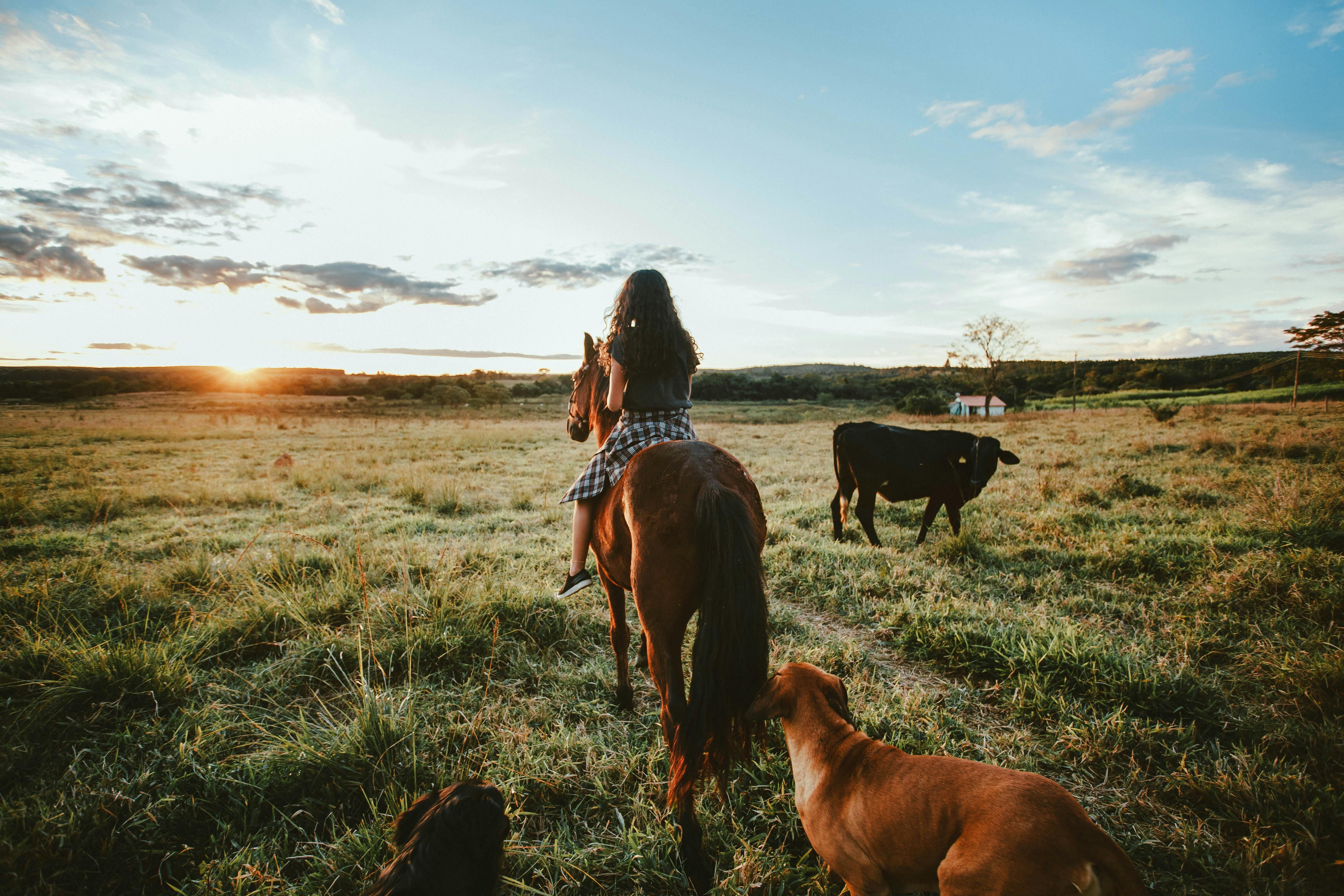Travel to Kenya Series: Masailand
On September 1, 2009, I embarked on a humble journey of self-exploration into the heart of Africa. For a month, I immersed myself in the culture of the Maasai tribe while adopting and learning about their customs and culture in the rural town of Kajiado, Kenya. This 6 part series chronicles the experiences and observations during the trip.
Was it the boundless wonder in the captivated eyes of the children? Perhaps it was the picturesque backdrop of the rolling Ngong Hills. Or maybe it was the distinctive taste of nyama choma (grilled meat) as the succulent juices tickled my taste buds. Regardless of the factors that came into play over the course of the month I spent in rural Kenya, the culmination of them all resulted in an unforgettable expedition that would change my life indefinitely.
As I headed from Nairobi’s urban center to the arid pastoral town of Kaijada in the heart of Maasailand on a two-hour drive in a matatu (large van with 10-12 passengers), I couldn’t prepare for what I would find. Following. It was the vast wildlife that first caught my eye with herds of zebras, ostriches and gazelles beyond the window. With the Ngong Hills disappearing in the distance, it was a stunning setting to complement our Maasai arrival.
Upon arrival, I was greeted by Mike, the paternal head of the host family. The tribal village located north of Kajiado in the remote plains was occupied by more than fifty Maasai descendants of all ages. It was a culture shock when I learned that each of the members of the town was related; an incestuous family tree going back many generations.
The Maasai were a fascinating people, maintaining customs and cultural practices for centuries. With vibrant red as their signature tribal color, they wore Shuka attire which was cotton wraps attached over one shoulder made with great detail and multiple patterns and colors.
Body modification, such as piercings and stretching of earlobes, was present in most older Maasai, particularly women. Beadwork is a very common practice also for decoration and for profit. By the end of my trip, I had bought many handmade pieces to adorn my friends and family back home.
The Maasai build their modular-type shelters, or manyattas, from a mixture of cow dung, soil, ashes, and local plants and trees. They live a semi-nomadic life and their enclosures and dwellings are intended not to be permanent. The decision to move the village is ultimately determined by the setting and the pastoral environment.
With a severe drought in the last three years, the Maasai people, who depend mainly on livestock for their livelihood and trade, the damage to the land was evident. Livestock were very lean, and although goats were plentiful, the young men and women of the village required several hours of walking to gather resources to keep them healthy and productive. The first day of my arrival, it rained for several hours. I must say that from now on I was considered to be a kind of rain god.
The children welcomed me with open arms and an inquisitive attitude. When I was not at Eskota Primary School in my role as a volunteer teacher, I spent my time with the younger children embracing their culture and tribal language – Kimaasai. It became second nature for us to partake in traditional greetings each morning with “Supa” meaning “Hello, how are you?”, with the common response being “Ipa” or “I’m fine.”
I became especially fond of a little girl named Lydia. We left early in the morning, hand in hand, to make the long journey to school together. Although language and age barriers set us apart, we shared an unspoken emotional bond that could be understood through a fleeting glance.
It opened my eyes to the unconditional love these children imparted and humbled me through their enthusiasm for life given the limited resources and opportunities I would have. The opportunistic attitude was one that I carried with me beyond my travels into my everyday life.
Through my time with the tribe, I gained invaluable knowledge and understanding of their way of life. I learned to appreciate the lax attitude in time, how to barter in the village and to witness the impact of Christian missionaries through their lively and moving religious services. Watching children as young as 5 years old work feverishly, participate in long-established song and dance events, and live without staple foods we take for granted like peanut butter became routine for me.
When my time with the tribe came to an end, I was granted some intimate time with the tribe’s matriarch, Grandma. I was graced by her blessings and she gave me a Maasai tribal name, Nanyorri. Nanyorri was selected for me specifically because of the relationships I made over time in the town and translated as “loved by many.” I have since tattooed my name along with the lone flat-topped tree that stood out outside the village walls to remind me of the respect and love I was shown during my time there.
Continue to tune in to the Journey to Kenya 6-part series to continue the story…
